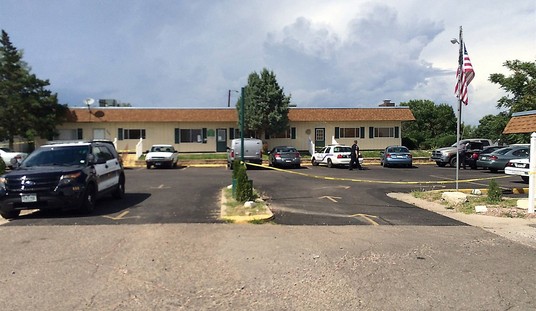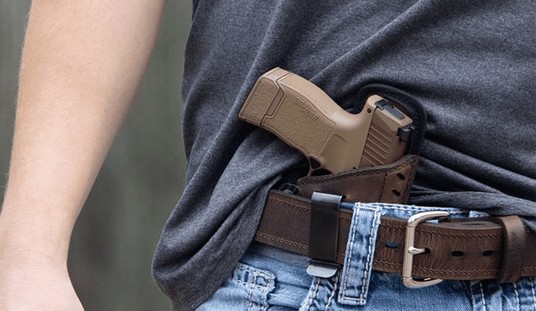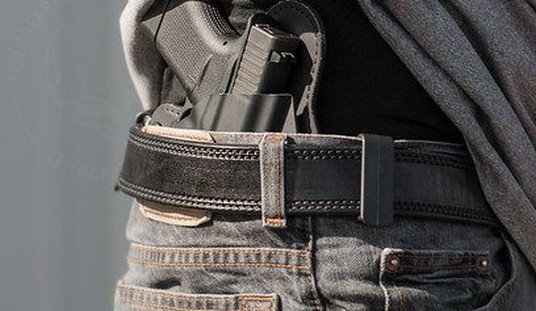A Florida inventor thinks that he has a solution to help prevent controversy after officer-involved shootings with his new creation of a gun-mounted camera that activates when officers draw their weapons.
A new device aimed at answering questions surrounding controversial police-involved shootings is about to hit the street. It’s called a gun shield camera and it is designed to show the view point of an officer’s gun.
The small camera fits on the rail under a barrel normally used for flashlights and other devices.
The camera is activated every time it’s pulled out of the holster. It automatically notifies nearby officers and sends a video.
Gun shield camera creator Max Kramer told us the camera could save lives.
Kramer believes the device is the wave of the future, allowing more transparency at a lower cost for police departments when their officers have to pull or fire their weapons.
“It’s another tool that’s unbiased and holds people accountable,” said Kramer.
That is key in a time when officer-involved shootings have become more controversial than ever. Protestors have marched against suspected unjustified shootings and officers have died simply doing their jobs. In Georgia, seven officers died in shootings in 2016 alone.

It’s an interesting concept in theory, but it falls short in execution for a number of what I feel are very obvious reasons.
The first and most obvious problem with the Kramer’s gun camera is that it is a very large and bulky unit. But what makes the system actually dangerous and detrimental is where the camera mounts, and what it replaces.

Kramer’s camera occupies the rail section on the bottom frame of service pistols where officers in many departments mount their weapon-mounted lights, (WMLs). The vast majority of officer-involved shootings (roughly 70-percent) occur in low-light conditions, where these lights are of vital importance in helping identify threats and control suspects during high-risk interactions. By taking away these WMLs and forcing officers to rely solely on handheld lights and lighting techniques, Kramer is asking officers to give up a significant tactical advantage, and in doing so, may be creating situations where poorly-lit suspects who aren’t being disoriented and controlled by a blinding tactical light may not only decide to attack officers, but may have a better opportunity of getting shots on target since the officers are more easily seen.
I’m sure Mr. Kramer means well, but he’s simply creating a bigger problem than the one he’s solving.








Join the conversation as a VIP Member